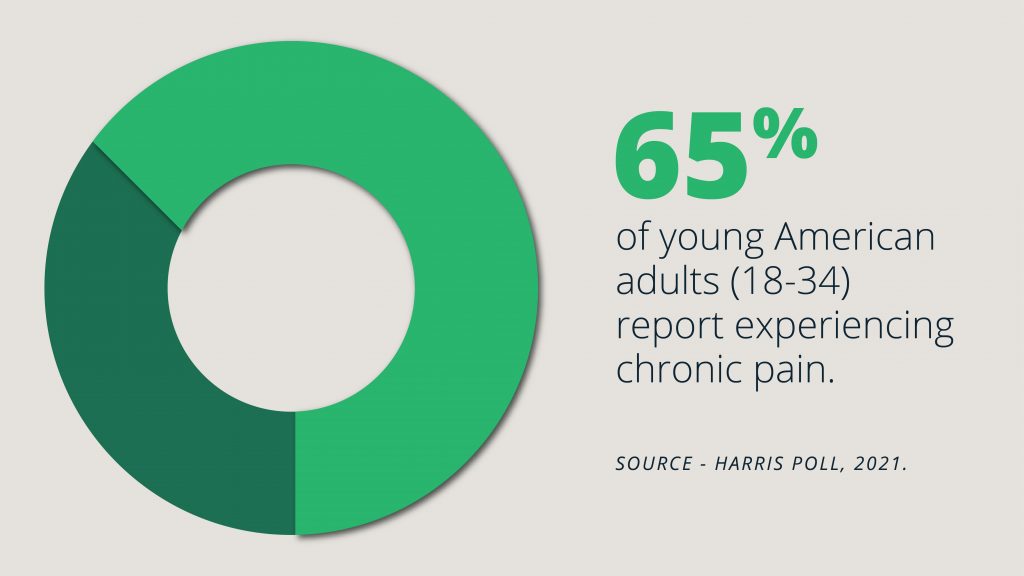Researchers are exploring cannabis as a salve for chronic pain. The use of cannabis as medicine (CaM) both prescribed and non-prescribed has increased markedly in the last decade, mirrored in a global shift in cannabis policy.
Cannabis and harm reduction
Proponents argue that medical cannabis constitutes an important harm reduction strategy and may function as a qualified substitute for prescription drugs, particularly opioids [14, 15] in the context of the opioid-epidemic in the USA [16] and Canada [17]. Especially noting the shocking rise of overdose deaths during the Covid pandemic. According to The New York Times, more than 100,000 Americans died from drug overdoses in a yearlong period.
Harm Reduction Journal publishes research focusing on the prevalent patterns of psychoactive drug use, the public policies meant to control them, and the search for effective methods of reducing the adverse medical, public health, and social consequences associated with both drugs and drug policies.
65% of young American adults aged 18-34 report experiencing chronic pain, according to a recent Harris Poll.

What does research show?
An article published in the Harm Reduction Journal by Kvamme, S.L., Pedersen, M.M., Rømer Thomsen, K. et al. details research around the impacts of cannabis as medicine (CaM) for chronic pain. Specifically, “to explore who substitutes prescription drugs with cannabis, the type of prescription drugs substituted and the type of cannabis used, and the impact that substitution with cannabis has on prescription drug use as well as the motives for substitution in terms of experienced effects and side effects.”
The final sample included 2.841 respondents of which the majority (91%) used non-prescribed cannabis for chronic pain, and more than half (54.6%) had used CaM with the purpose of replacing a prescribed drug. Compared to non-substitution users, substitution users were more likely to be women and to use CaM in the treatment of chronic pain and other somatic conditions. Pain medication (67.2%), antidepressants (24.5%), and arthritis medication (20.7%) were the most common types of drugs replaced with CaM. Among substitution users, 38.1% reported termination of prescription drug use, and 45.9% a substantial decrease in prescription drug use. The most frequent type of cannabis used as a substitute was CBD-oil (65.2%), followed by ‘hash, pot or skunk’ (36.6%). More than half (65.8%) found CaM much more effective compared to prescription drugs, and 85.5% that the side effects associated with prescription drug use were much worse compared to use of CaM.
Scientists only recently found evidence of the ECS when they discovered CB1 in 1988, so research is still ongoing into exactly how it functions. However, most data find that it helps our bodies regulate pain, mood, appetite, gastrointestinal motility, memory, emotions, stress response, immune function, and more. Researchers are even exploring the use of cannabis in assisted psychotherapy to help with addiction and depression.

One Response